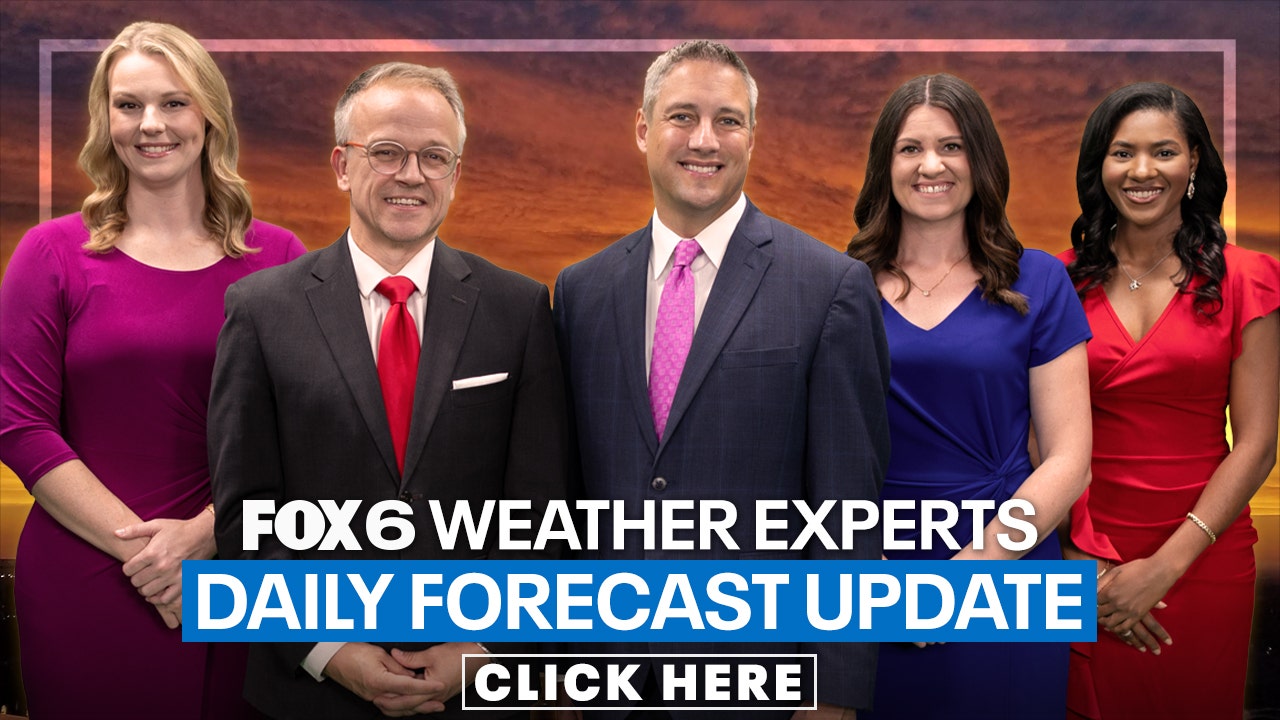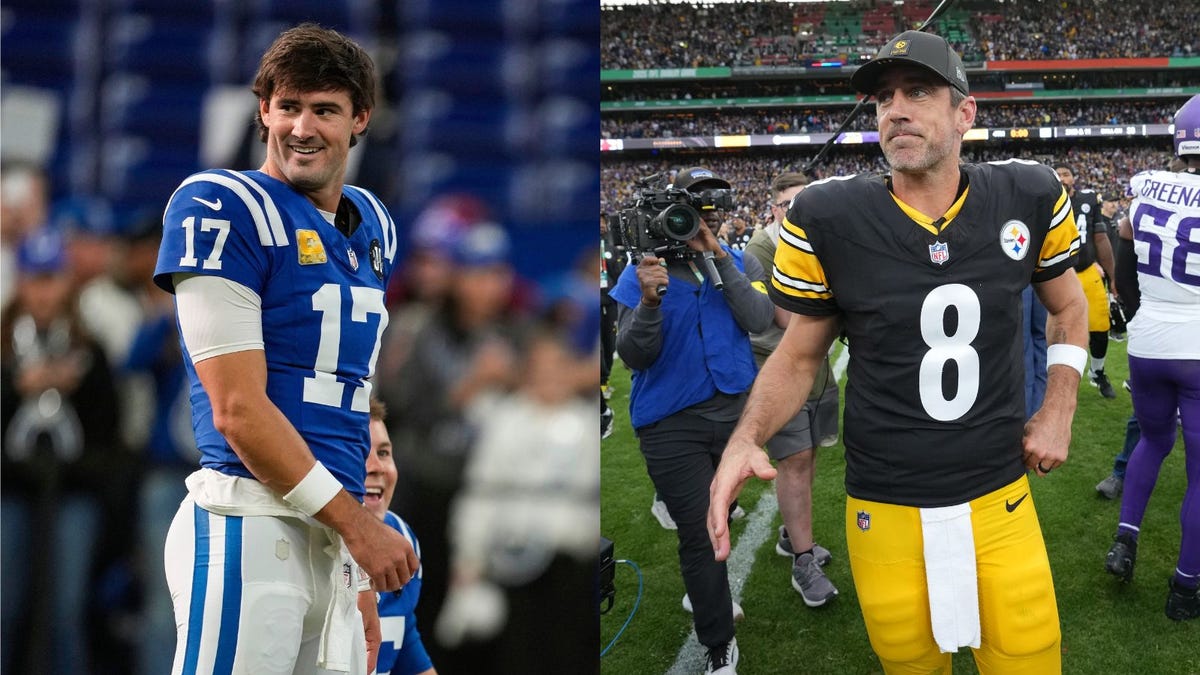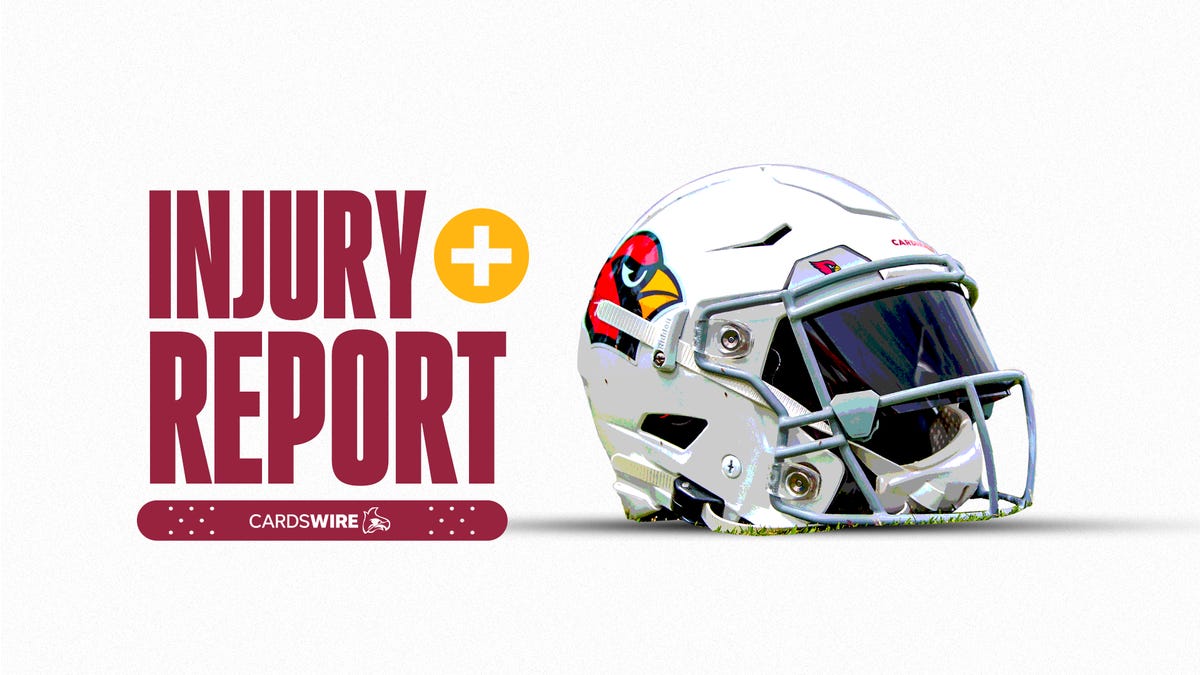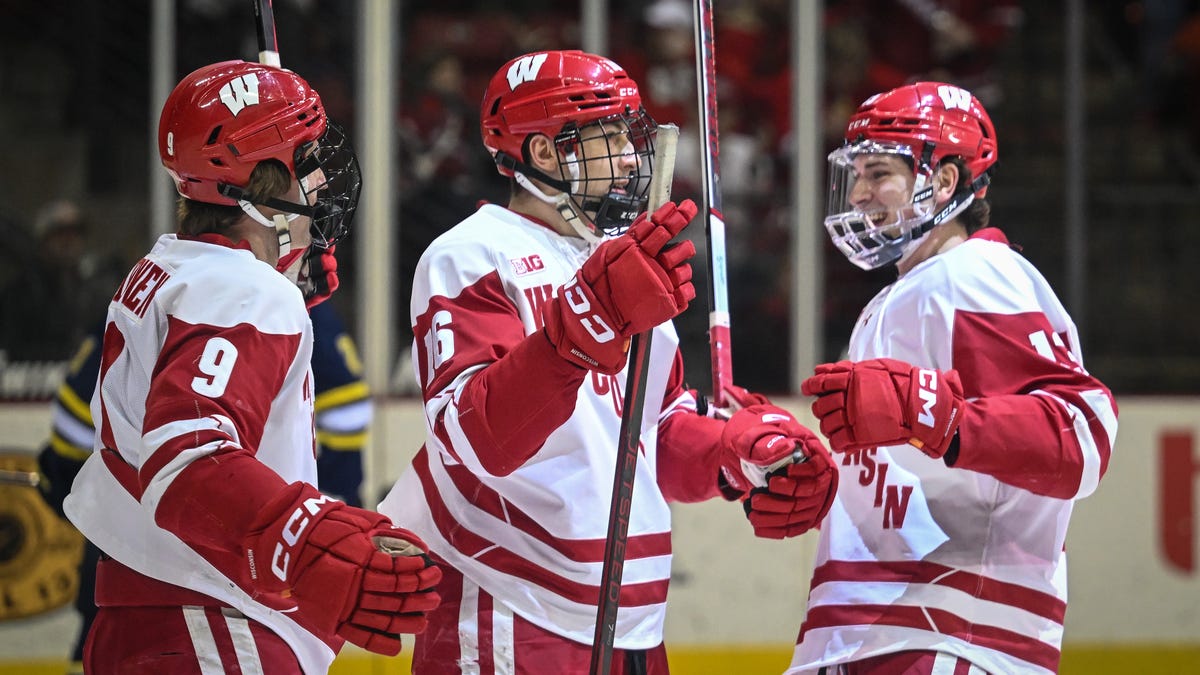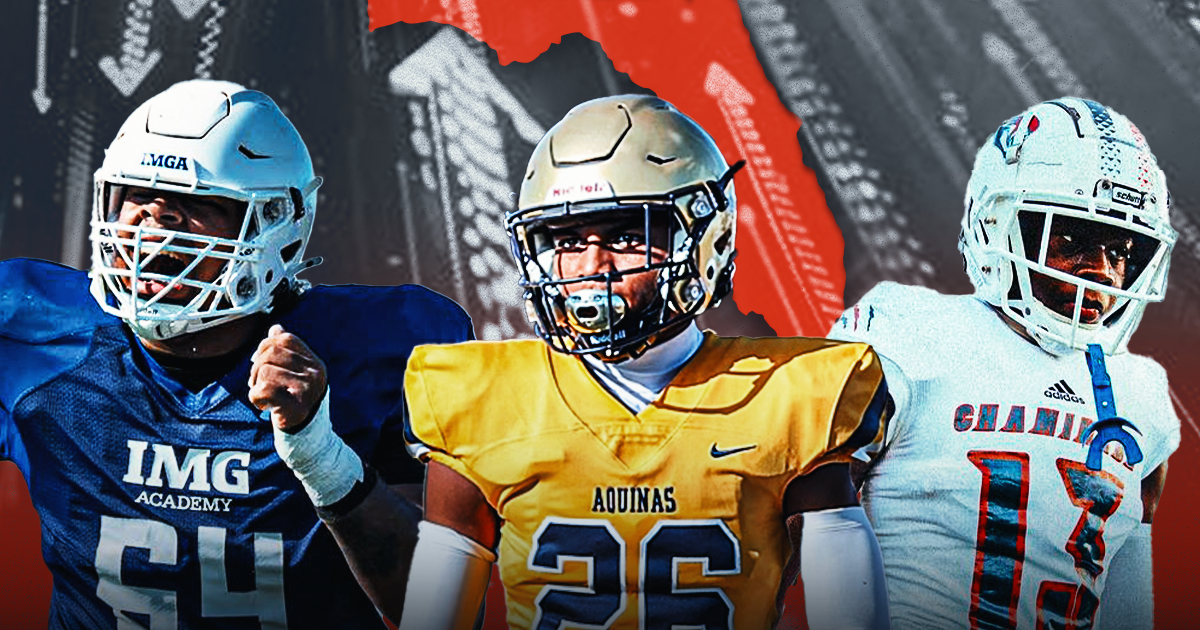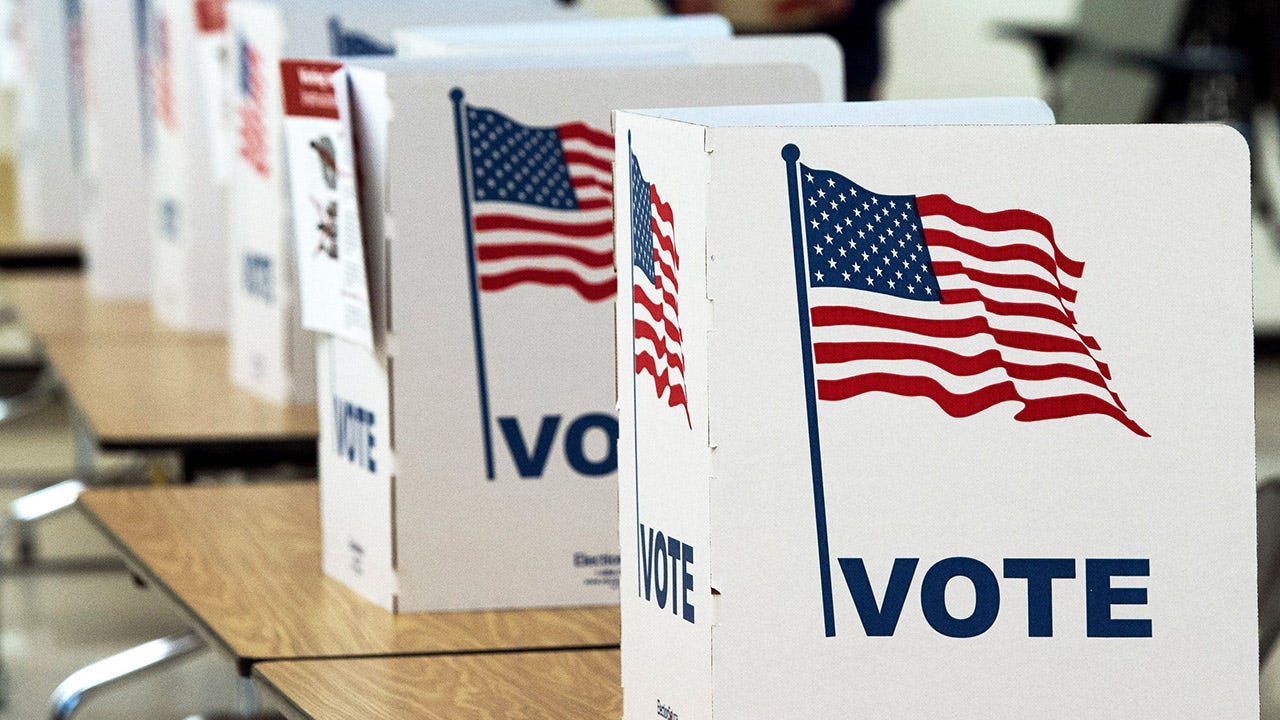Wisconsin
With the new Black Nite dedication, here are the Wisconsin historical landmarks in Milwaukee County

Wisconsin’s first LGBTQ historic landmark was dedicated this week near the former Black Nite tavern in Milwaukee, at the corner of West St. Paul and North Plankinton avenues.
The location is the site of the state’s first LGBTQ uprising in 1961, and the landmark honors Josie Carter, a Black transgender person who led the defense against attackers.
It’s one of 58 official state historical landmarks in Milwaukee County, according to the Wisconsin Historical Society.
From the invention of the typewriter to Wisconsin’s lime industry, this list has something new to learn about, even for locals.
Here’s a list of all the Wisconsin historical markers in Milwaukee County and where you can find them:
- Watertown Plank Road: Miller Brewing Company, junction of 40th and State streets, Milwaukee
- Meadowmere: Triangle at 57th, Hayes and Fillmore streets, West Allis
- Invention of the Typewriter: Junction of 4th and State streets, Milwaukee
- Oneida Street Station, T.M.E.R. & L. Co.: Junction of Wells and Edison streets, Milwaukee
- First Milwaukee Cargo Pier: Foot of East Michigan Street, Milwaukee
- Milwaukee-Downer College: Junction of East Hartford and North Downer avenues, Milwaukee
- Saint John’s Infirmary: Junction of North Avenue and Lake Drive, Milwaukee
- Milwaukee County’s First Airport: Inside the Currie Park Golf Course clubhouse, Wauwatosa
- Erastus B. Wolcott, M.D.: Grounds of VA Hospital, 5000 W. National Ave., Milwaukee
- St Mary’s School of Nursing: Junction of North Avenue and Lake Drive, Milwaukee
- Boyhood Home of Jeremiah Curtin: 8685 W. Grange Ave., Greendale
- Old North Point Water Tower: East North Avenue, between North Lake Drive and North Terrace Avenue, Milwaukee
- Carl Sandburg Hall: Junction of East Hartford and North Maryland avenues, UW-Milwaukee campus
- General Mitchell Field: On East Layton Avenue, a half-mile east of South Howell Avenue, located in parking lot observation area, Milwaukee
- Milwaukee Interurban Terminal, 1905-1951: 231 W. Michigan St., Milwaukee
- MacArthur Square: East-wall entrance to parking structure at the North 9th Street Tunnel, Milwaukee
- Golda Meir: Golda Meir Library on UW-Milwaukee campus, Milwaukee
- Carl Frederick Zeidler: Zeidler Park, 300 W. Michigan St., Milwaukee
- Bay View’s Rolling Mill: Junction of S. Superior Street and E. Russell Avenue, Milwaukee
- Wisconsin’s Lime Industry: 8801 W. Grange Ave., Greendale
- Wisconsin’s Oldest Newspaper the Milwaukee Sentinel: On the Riverwalk, 100 E. Wisconsin Ave., Milwaukee
- National Soldiers Home: Zablocki VA Medical Center, State 59
- Civil War Camp: 1756 N. Prospect Ave., Milwaukee
- First African-American Church Built in Wisconsin: Junction of 4th Street and Kilbourn Avenue, Milwaukee
- The University of Wisconsin-Milwaukee: Mitchell Hall, UW-Milwaukee, North Downer Avenue, Milwaukee
- Pabst Theater: 144 E. Wells St., Milwaukee
- Third Ward Fire: 159 N. Broadway, Milwaukee
- Captain Frederick Pabst: 2000 W. Wisconsin Ave., Milwaukee
- Camp Harvey: State Fair Park main gate, junction of South 81st Street and West Greenfield Avenue, West Allis
- Wisconsin State Fair Park: State Fair Park main gate, junction of South 81st Street and West Greenfield Avenue, West Allis
- Sinking of the “Lady Elgin”: Junction of North Water and East Erie streets, Milwaukee
- Kilbourntown: 1110 N. Old World 3rd St., Milwaukee
- Town of Greenfield: 7325 W. Forest Home Ave., Greenfield
- Merrill Park: Merrill Park, 461 N. 35th St., Milwaukee
- Shorewood Armory: East Facade of the Lighthorse Building, 4041 N. Oakland Ave., Shorewood
- Shorewood High School: 1701 E. Capitol Dr., Shorewood
- Shorewood Village Hall: 3930 N. Murray Ave., Shorewood
- Bay View’s Immigrants: Zillman Park, junction of South Kinnickinnic Avenue and East Ward Street, Milwaukee
- Mabel Watson Raimey: Marquette University Law School, 1103 W. Wisconsin Ave., Milwaukee
- Lueddeman’s on-the-River: 3500 N. Oakland Ave., Shorewood
- Janesville Plank Road: Junction of 92nd Street and Forest Home Avenue, Greenfield
- Village of Greendale: 6500 Northway, Greendale
- Rescue of Joshua Glover: Cathedral Square Park, junction of East Kilbourn and North Jackson streets, Milwaukee
- The Cream City: West lobby of the Tannery building, 700 W. Virginia St., Milwaukee
- Revolutionary War Veteran (Morgan): Wauwatosa Cemetery, 2405 Wauwatosa Ave., Wauwatosa
- Cold Spring Road: Junction of 108th Street and Cold Spring Road, Greenfield
- North Point Light Station: At Lighthouse, Lake Park, Milwaukee
- Birthplace of the Wisconsin Evangelical Lutheran Synod: Salem Lutheran Church, 6814 N. 107th St., Milwaukee
- Wisconsin Soldiers’ Home 1864-1867: 731 N. Plankinton Ave., Milwaukee
- Historic Root River/Root River Parkway: North of 11000 W. Beloit Rd., Root River Parkway, Greenfield
- Lakeside Power Plant: 3900 block of S. Lake Dr., St. Francis
- Survey of 1836/Greenfield 1836 “Greenery”: Konkel Park, Greenfield
- Lake Protestant Cemetery: Junction of East Norwich and South Barland avenues, St. Francis
- Tee Sisikeja (Bad Waters Village): Exploratory Park, Wisconsin State Fair Park, West Allis
- Garden Homes, A Public Housing Milestone: Garden Homes Square, 2600 W. Atkinson Ave., Milwaukee
- St. Boniface Catholic Church: North Division High School, 1122 W. Clarke St., Milwaukee
- Josie Carter Black Nite Uprising: Southwest corner of West St. Paul and North Plankinton avenues, Milwaukee

Wisconsin
QTS plans to propose multibillion-dollar data center campus in Dane County

DANE COUNTY, Wis. — QTS Data Centers said Thursday it has plans to build a multibillion-dollar data center campus in Dane County.
QTS said it plans to submit a zoning application to the DeForest Village Board in November. If the application is approved, QTS said the data center campus would create thousands of construction jobs as well as hundreds of full-time positions. QTS also noted the center would “generate millions of dollars in tax revenue” and increase renewable energy.
Recently, multiple data center proposals throughout the state have been met with opposition from neighborhoods and community members, as well as environmental groups.
QTS noted that it prioritizes energy and sustainability and promised, if approved, it would pay for all of the project energy infrastructure. It said existing customers would not be impacted by the cost.
QTS said it would preserve 40 acres of wetland habitat, noting an effort to “support wildlife and community recreation.”
Additionally, QTS pledged to meet LEED standards, host EV charging stations and pursue Energy Star certification.
QTS also said it would do the following in relation to its proposed data center:
“Enable new renewable energy resources across Wisconsin and lower costs for customers. QTS has announced an agreement in principle to enable renewable energy resources across Wisconsin, lowering the cost for Alliant Energy’s planned renewable facilities. This proposed agreement will be facilitated by the sale of Renewable Energy Credits (RECs) from approximately 750 megawatts of new renewable energy sources, which will help meet the growing energy needs of Wisconsin and support sustainable growth across the state, all while providing long-term benefits for Alliant Energy customers…
“Leverage QTS’s industry-leading, water-free cooling technology that does not consume water for cooling and will not impact water supply in Dane County or the Yahara Watershed. QTS water-free cooling technology saved nearly 1.5 billion gallons of water in 2024 across other sites to efficiently cool customer environments.”
In addition to its environmental impacts, QTS also promised to support the local community it wants to join.
QTS said it would make “an initial $50 million community commitment” within the county, with direct investments going to DeForest and Vienna.
QTS said that $50 million would “support local initiatives that strengthen education, workforce development, housing and other critical needs across Dane County.”
QTS also promised to fund scholarships and develop workforce partnerships with Madison Area Technical College. It would also plan to establish a research partnership with the University of Wisconsin-Madison.
QTS said that if it does come to Dane County, it would want to work with Wisconsin Technology Council, specifically “contributing toward the Wisconsin Frontier Technology Platform — an initiative designed to accelerate the state’s tech ecosystem.”
QTS said it would also support local nonprofits and first responders.
“For more than two decades, we’ve built lasting partnerships with the communities where we live, work and raise our families. We’re proud of these relationships guided by our core values at heart: to love each other, serve communities and connect the world,” Tag Greason and David Robey, co-CEOs of QTS, said in a statement. “Together, we’ll continue to listen, support and grow with the people of Wisconsin as trusted neighbors in a shared future. As digital infrastructure becomes essential to every industry — and a pillar of our national security — we’re excited about the opportunity to be a part of the Dane County community.”
Wisconsin
Wisconsin Lottery Powerball, Pick 3 results for Oct. 29, 2025
Manuel Franco claims his $768 million Powerball jackpot
Manuel Franco, 24, of West Allis was revealed Tuesday as the winner of the $768.4 million Powerball jackpot.
Mark Hoffman, Milwaukee Journal Sentinel
The Wisconsin Lottery offers multiple draw games for those aiming to win big. Here’s a look at Oct. 29, 2025, results for each game:
Winning Powerball numbers from Oct. 29 drawing
04-24-49-60-65, Powerball: 01, Power Play: 2
Check Powerball payouts and previous drawings here.
Winning Pick 3 numbers from Oct. 29 drawing
Midday: 9-3-5
Evening: 4-4-2
Check Pick 3 payouts and previous drawings here.
Winning Pick 4 numbers from Oct. 29 drawing
Midday: 5-2-6-4
Evening: 9-4-1-5
Check Pick 4 payouts and previous drawings here.
Winning All or Nothing numbers from Oct. 29 drawing
Midday: 02-05-06-07-11-12-14-16-19-21-22
Evening: 01-02-03-04-05-06-08-09-12-17-20
Check All or Nothing payouts and previous drawings here.
Winning Badger 5 numbers from Oct. 29 drawing
01-06-16-26-31
Check Badger 5 payouts and previous drawings here.
Winning SuperCash numbers from Oct. 29 drawing
01-20-24-26-28-35, Doubler: N
Check SuperCash payouts and previous drawings here.
Winning Megabucks numbers from Oct. 29 drawing
08-10-20-30-47-49
Check Megabucks payouts and previous drawings here.
Feeling lucky? Explore the latest lottery news & results
Are you a winner? Here’s how to claim your lottery prize
- Prizes up to $599: Can be claimed at any Wisconsin Lottery retailer.
- Prizes from $600 to $199,999: Can be claimed in person at a Lottery Office. By mail, send the signed ticket and a completed claim form available on the Wisconsin Lottery claim page to: Prizes, PO Box 777 Madison, WI 53774.
- Prizes of $200,000 or more: Must be claimed in person at the Madison Lottery office. Call the Lottery office prior to your visit: 608-261-4916.
Can Wisconsin lottery winners remain anonymous?
No, according to the Wisconsin Lottery. Due to the state’s open records laws, the lottery must, upon request, release the name and city of the winner. Other information about the winner is released only with the winner’s consent.
When are the Wisconsin Lottery drawings held?
- Powerball: 9:59 p.m. CT on Monday, Wednesday, and Saturday.
- Mega Millions: 10:00 p.m. CT on Tuesday and Friday.
- Super Cash: 9:00 p.m. CT daily.
- Pick 3 (Day): 1:30 p.m. CT daily.
- Pick 3 (Evening): 9:00 p.m. CT daily.
- Pick 4 (Day): 1:30 p.m. CT daily.
- Pick 4 (Evening): 9:00 p.m. CT daily.
- All or Nothing (Day): 1:30 p.m. CT daily.
- All or Nothing (Evening): 9 p.m. CT daily.
- Megabucks: 9:00 p.m. CT on Wednesday and Saturday.
- Badger 5: 9:00 p.m. CT daily.
That lucky feeling: Peek at the past week’s winning numbers.
Feeling lucky? WI man wins $768 million Powerball jackpot **
WI Lottery history: Top 10 Powerball and Mega Million jackpots
This results page was generated automatically using information from TinBu and a template written and reviewed by a Wisconsin editor. You can send feedback using this form.
Wisconsin
Badgers football losses go beyond field and into Wisconsin’s economy, UW report says
Ripple effects could be felt in other UW athletic programs
The 2025 Badger football season is one fans already want to forget − but the negative economic impact could be felt well beyond the final game on Nov. 29.
If the team’s poor performance continues, it could reduce the program’s profit by $20 million annually, according to a new report from the Center for Research on the Wisconsin Economy, housed at University of Wisconsin-Madison
The ripple effects can be felt in other university athletic programs subsidized by the football program, and could impact student applications to the university, alumni donations, and research output, according to the report − titled “The Economic Impact of Badger Football’s Declining Performance.”
Beyond the financial blow to the campus, the report estimates the city of Madison could could lose up to $160 million, and the state could lose up to $280 million “stemming from reduced attendance, game day spending, tourism and reputational value.”
The UW Athletic Department disputes the findings of the report.
“Wisconsin Athletics respects the work and research of our world-renowned academic partners, along with their passion for the sports that represent our institution,” a department statement said.
“Although we do not believe that this study portrays a complete and accurate representation of the economic factors around the football program, we all share a common interest in its successful future.
“We welcome the opportunity to collaborate with the Center for Research on the Wisconsin Economy on any future works on this topic,” according to the statement.
Badger football is profitable
In 2023, the football team had revenue of $106. 7 million and expenses of $42.3 million, with the program earning more than $64 million, according to the U.S. Department of Education’s Equity in Athletics Data Analysis cited in the report.
In 2024, Badger football had $107.4 million in revenue according to its NCAA membership filing, and had expenses of $49.6 million − posting a profit of $57.8 million. The Badgers men’s basketball program earned a $7.3 million profit that year.
If the winning percentage falls from nearly 80%, as it was during the 2017 to 2019 seasons, to 50%, that could mean “Badger Football’s annual profit could drop by about $20 million,” the report reads.
The team this season so far has a 2-6 record with four games remaining in November.
Is it Luke Fickell’s fault?
Short answer: not in the beginning.
The report says the program’s profit didn’t decline during 2022 and 2023 despite the 14-12 regular season record. That was during Luke Fickell’s first two seasons as head coach.
“This is probably because there was a lot of excitement” about Fickell’s hiring, the report states.
Fans recently have been chanting “fire Fickell” at home games. Wisconsin Athletic Director Chris McIntosh addressed fans concerns in an Oct. 20 letter.
It said the football season has “fallen well short of our standards” and added the department is committed “to elevating the investment into our football program to position us to compete at the highest level.”
Financial impact is already being felt
This year the program is on pace to have the lowest attendance in more than 30 years with a 51,980 average scanned attendance during the first four home games. That’s according to data obtained via an open records request and analyzed by the Milwaukee Journal Sentinel.
But fans have been signaling their disappointment before this season.
According to the research center report, “Badgers sold 38,082 season tickets for general seating areas in 2025, down from 42,197 in 2024 and 41,206 in 2023.”
Football helps subsidize other programs, generates donations
The Athletic Department’s total profit was less than $11 million in 2023, including the football program’s $64 million profit.
“This suggests that the department’s other programs and operations are subsidized heavily by the football team,” the report states.
The report cites research that shows “when a male graduate former team wins its conference championship, his donations for general purposes increase by about 7% and his donations to the athletic program increase by about the same percentage.
“Moreover, if a male alumnus’s team won its conference championship during his senior year, his subsequent giving to the athletic program is about 8% a year higher.”
The Badgers last won the Big Ten football title in 2012.
“If the poor performance continues, its impact on alumni donations and engagement is likely to diminish,” the report reads.
Local economic impact of athletic program
College sports programs affect communities and states as fans go to games, restaurants, and bars, buy merchandise, and pay for hotel rooms.
The report compared the UW athletic program’s impact on Madison and Wisconsin with the University of MinnesotaTwin Cities program on Minneapolis area and Minnesota. Both football teams had similar performances in 2022 and 2023.
It showed the Badgers’ impact on Madison contributed to 3,360 jobs and $462 million of economic output.
The Gophers’ impact on the Twin Cities contributed to 1,152 jobs and $298 million of economic output.
Statewide, the Badger athletic program contributed to 5,640 jobs and $757 million of economic impact in Wisconsin. In Minnesota, the Gophers contributed to $474 million of economic impact.
The report says the Twin Cities population is larger than Madison’s population − making the latter “likely more sensitive to Badger Football’s performance.”
NIL and program investment
UW can revitalize the program by investing in facilities, recruiting budgets, NIL (name, image and likeness) deals for athletes, and competitive compensation for players and coaches, the report said.
The report estimates the Badgers NIL collective funding in 2023 and 2024 was $8.9 million. The highest spent in the conference was Ohio State at $20.2 million, it said.
NIL deals aren’t public information and the estimate is based on methodology from nil-ncaa.com/big10. .
Spending more money on the football program “could help reverse the team’s declining performance,” the report said.
“Enhanced facilities can attract top transfers and recruits, while better coaching and talent ensure the return on these assets are maximized,” it said. “Strategic, dual-focused investments are essential to rebuild competitiveness and mitigate the economic risks estimated above.”
Milwaukee Journal Sentinel reporter John Steppe contributed to this report.
-

 New York1 week ago
New York1 week agoVideo: How Mamdani Has Evolved in the Mayoral Race
-

 News1 week ago
News1 week agoVideo: Federal Agents Detain Man During New York City Raid
-

 News1 week ago
News1 week agoBooks about race and gender to be returned to school libraries on some military bases
-

 News1 week ago
News1 week agoVideo: Driver Crashes Car Into Security Gate Near White House
-

 News1 week ago
News1 week agoVideo: Inside Our Reporter’s Collection of Guantánamo Portraits
-
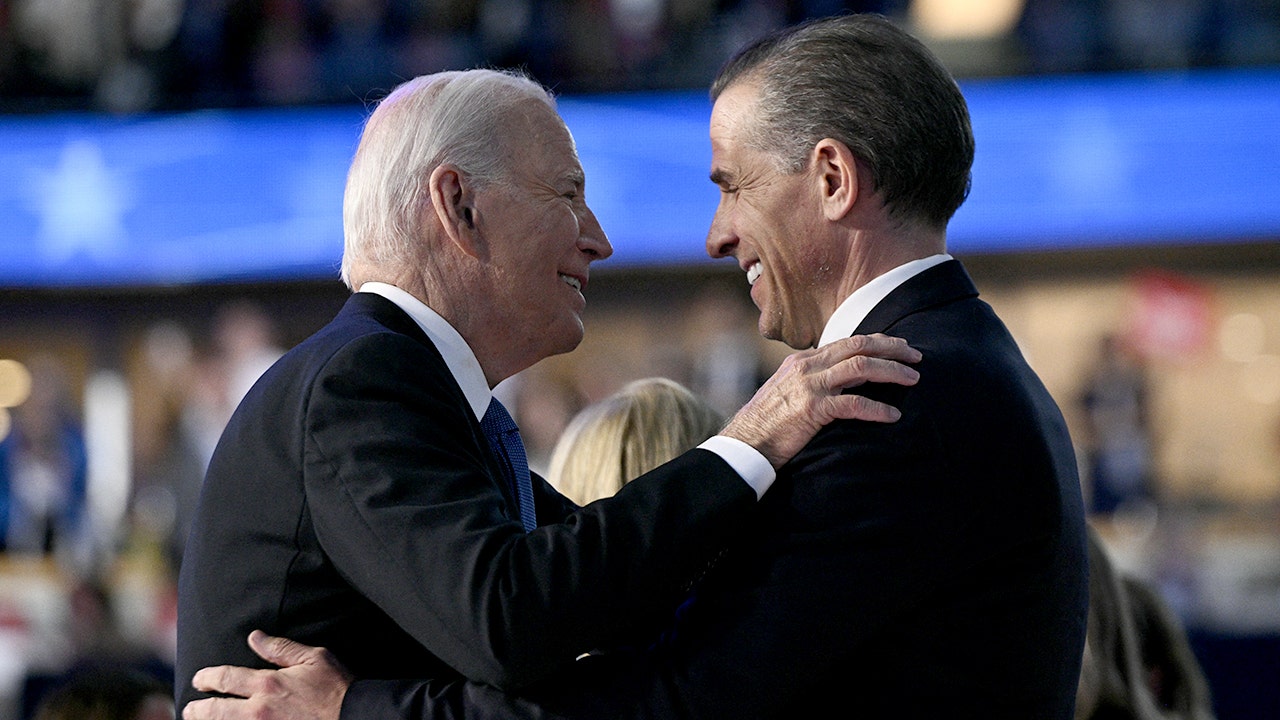
 Politics1 week ago
Politics1 week agoHunter Biden breaks silence on pardon from dad Joe: ‘I realize how privileged I am’
-

 World1 week ago
World1 week agoTrump to host NATO chief at White House as Putin meeting collapses
-

 Politics1 week ago
Politics1 week agoJack Smith defends subpoenaing Republican senators’ phone records: ‘Entirely proper’

